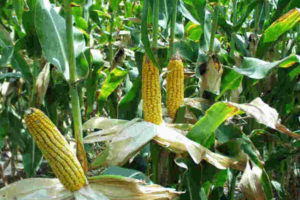corn belt
Midwest wetlands almost gone but may still have most species
Wetlands in the Midwest? It may be hard to believe but vast areas of today’s Corn Belt used to get so wet that malaria was common. While the remaining wetlands are small and scattered, there’s still hope — new research shows that most of the original species may still survive.
“We often look to other regions of the world as biodiversity hotspots but it is worth noting that some of the most heavily impacted regions ? such as the Corn Belt ? should not be written off as biodiversity wastelands,” says David Jenkins of the University of Illinois at Springfield, who presents this work with Scott Grissom of Grand Valley State University in Allendale, Michigan, and Keith Miller of the University of Illinois at Springfield in the February issue of Conservation Biology.
Popular weed killer feminizing America’s frogs
Bad news, guys. Native male leopard frogs throughout the nation’s Corn Belt are being feminized by an herbicide, atrazine, used extensively to kill weeds on the country’s leading export crops, corn and soybeans, according to a study at the University of California at Berkeley. The Berkeley biologists also report male frogs raised in laboratory tanks contaminated with atrazine develop egg cells in their testes and essentially turn into hermaphrodites.

